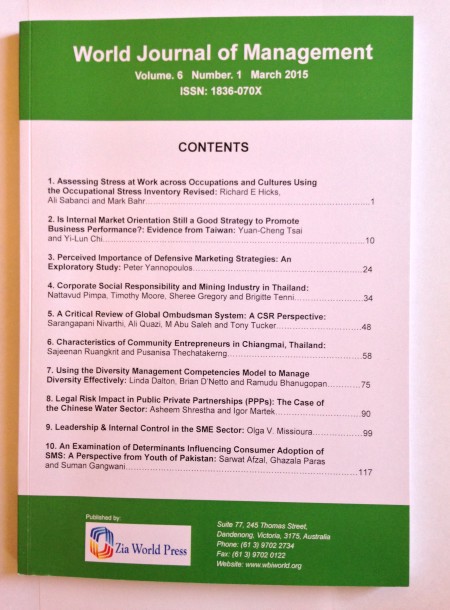The Impact of Spokesperson Credibility on Consumer-Company Identification – Age as a Moderator
The Impact of Spokesperson Credibility on Consumer-Company Identification – Age as a Moderator
Observing the global market, new smart phone products are constantly entering the market, and conveying diversified product information to consumers has thus become the focus of many enterprises. Among the vast number of marketing methods, spokespersons are most commonly used. Choi & Rifon (2007) pointed out that highly credible spokesperson can make information more convincing. When consumers gain trust in the spokesperson, it not only brings them closer together, but also affects their purchase intention. However, does this also cause them to identify with the company? This study examines the impact of smart phone spokesperson credibility on consumer-company identification (CCI), and uses age as a moderator. The purpose of this study is to examine: 1. If spokesperson credibility has a significant effect on CCI. 2. The moderating effect of age on the impact of spokesperson credibility on CCI.This study conducts a questionnaire survey on Taiwanese consumers in different age groups. A total of 225 questionnaires were issued using convenience sampling on 2014/08/01, and 215 questionnaires were collected by 2014/08/31. SPSS 22.0 was used for positive analysis, in which main data analysis methods include descriptive statistics and regression analysis. Conclusions are as follows: spokesperson credibility resulted in significantly different CCI; age had a moderating effect on the impact of spokesperson credibility on CCI. This study verifies that higher spokesperson credibility resulted in higher CCI. In other words, when more credible spokespersons recommended a product, consumers had higher CCI.JEL Codes: L82, M31 and M37

